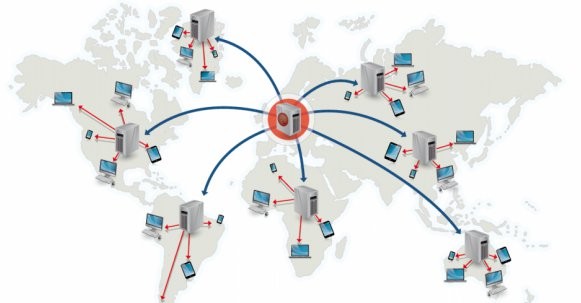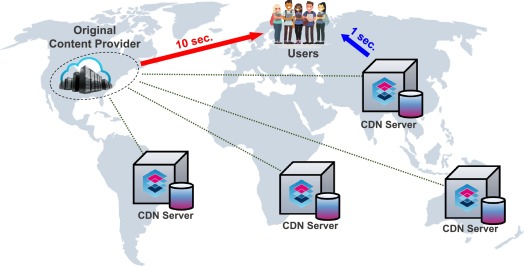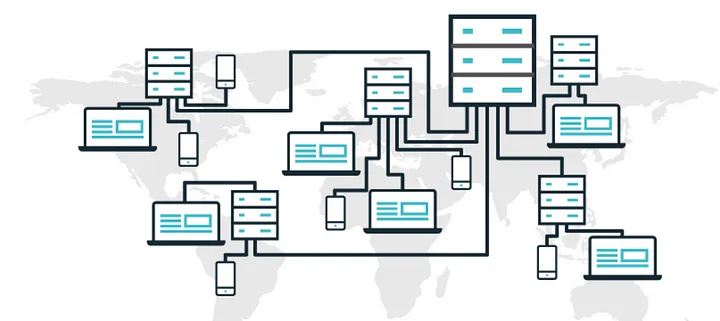Elastic Compute Setup
Welcome to our Elastic Compute Services! Follow the steps below to set up your account and start using our compute solutions:
- Sign Up: Visit our website and create your account by providing your details.
- Choose a Plan: Select the Elastic Compute plan that suits your requirements.
- Configuration: Customize your compute instances and networking settings as per your needs.
- Launch Instances: Deploy your virtual servers in minutes with our easy-to-use interface.
- Access and Manage: Access your instances securely and manage them efficiently through our control panel.

Billing and Payments
Managing your billing and payments is essential for maintaining uninterrupted service. Here's what you need to know:
- Payment Methods: We accept various payment methods including credit/debit cards, PayPal, and bank transfers.
- Billing Cycle: Your Elastic Compute services are billed on a monthly basis.
- Invoices: Receive detailed invoices for your usage and payments via email.
- Auto-Renewal: Enable auto-renewal to ensure continuous service without interruptions.

Domain Management
Efficient management of your domain names is crucial for ensuring your online presence. Here's how you can effectively manage your domains:
- Register New Domains: Search for and register new domain names directly from our platform.
- Transfer Existing Domains: Easily transfer your existing domains to our platform for centralized management.
- Renewal Management: Set up automatic domain renewal to prevent expiration.
- DNS Configuration: Manage your domain's DNS settings to control how it resolves to your Elastic Compute instances.

Technical Troubleshooting
Encountering technical issues with your Elastic Compute Services can be frustrating, but we're here to help you resolve them efficiently. Below are common technical problems and their solutions:
- Server Unavailability: Check your server status and network connectivity.
- Performance Issues: Monitor resource usage and optimize configurations for better performance.
- Security Concerns: Implement robust security measures and regularly update software.
- Data Management: Backup important data and implement disaster recovery strategies.



